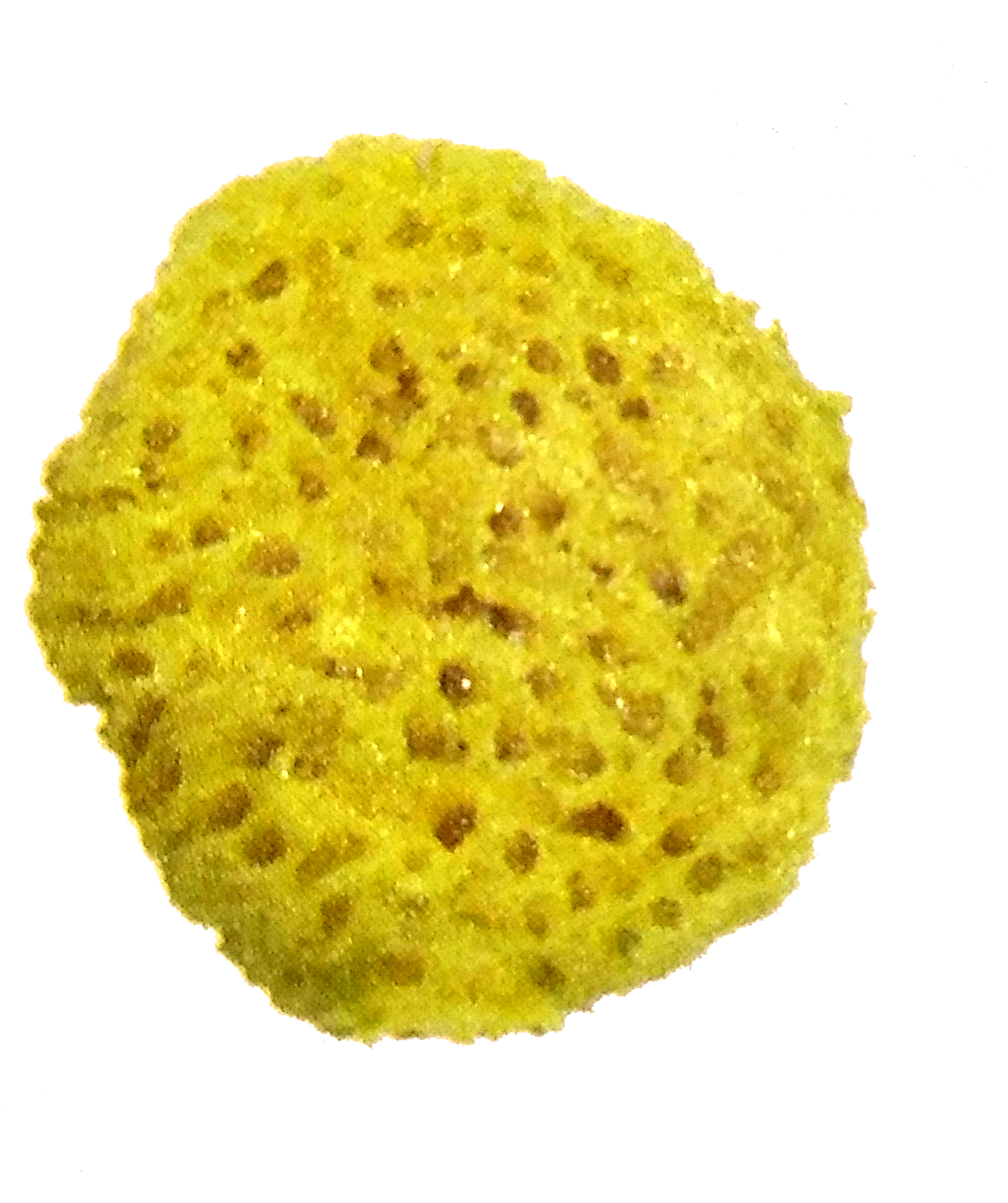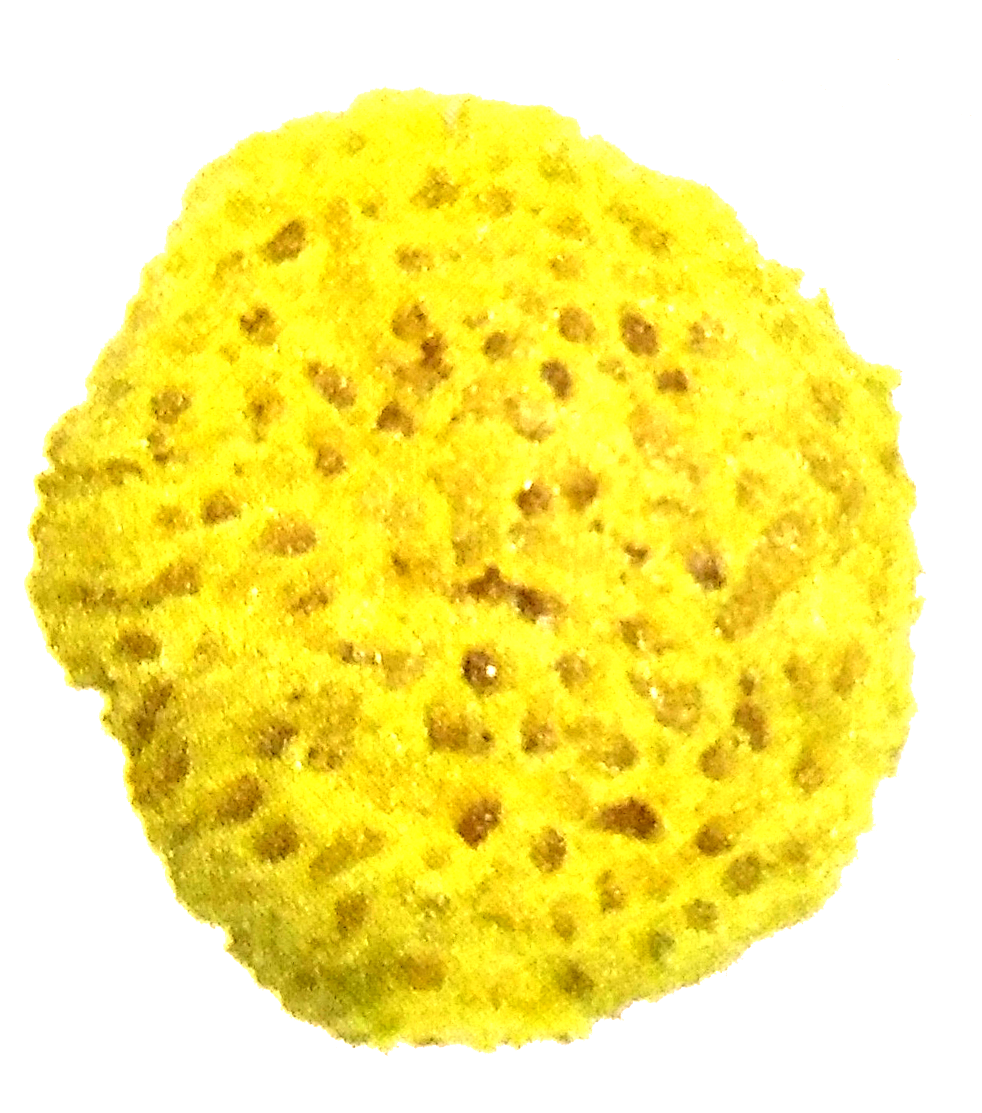Question Stimulus
DIRECTIONS: Read the following passage carefully and answer the following Questions.
Infections in the roots of teeth are hell to treat. The tooth needs to be drilled into, right down to the bottom of the nerve carrying canal that runs through the root. The infected material must then be cleaned out completely and the drilled section filled in. Although, the procedure is routine, it is common for some of the bacteria to survive it and therefore for infections to reemerge shortly after treatment.
The surviving bacteria are often gathered in the form of what is known as a biofilm. Bacteria in such a film are embedded in a polymer matrix, which makes them harder to kill than isolated individuals. High temperatures can destroy biofilms, as can some chemicals, but neither approach is safe to use inside the delicate interior of a human tooth. However, Chunqi Jiang, a physicist at the University of Southern California, Los Angeles, and her colleagues have come up with a possible alternative: a dental plasma torch.
Plasmas are gases in which the molecules have been stripped of some or all of their electrons, to create positive ions. One way to do this is to heat the gas up. Conventional plasma torches employ such hot plasma to cut metal. But cold plasmas can be made using high electrical voltages.
Bacteria in biofilms are also more resistant to antibiotics than their isolated confreres, so the new device could have other medical applications. Wound infections, for example, often form biofilms. If they cannot be treated successfully, the result may be gangrene. And if Dr. Jiang’s version of St. Elmo’s fire can deal with that problem, the saint may become patron of a lot more people than just sailors.
How can the biofilms be destroyed?
A
By the use of dental plasma torch
B
By giving regular antibiotics
C
By drilling and blasting alternately
D
None of the above
Text Solution
The correct Answer is:A
|
Updated on:21/07/2023
Knowledge Check
- Question 1 - Select One
Question Stimulus
DIRECTIONS: Read the following passage carefully and answer the following Questions.
Infections in the roots of teeth are hell to treat. The tooth needs to be drilled into, right down to the bottom of the nerve carrying canal that runs through the root. The infected material must then be cleaned out completely and the drilled section filled in. Although, the procedure is routine, it is common for some of the bacteria to survive it and therefore for infections to reemerge shortly after treatment.
The surviving bacteria are often gathered in the form of what is known as a biofilm. Bacteria in such a film are embedded in a polymer matrix, which makes them harder to kill than isolated individuals. High temperatures can destroy biofilms, as can some chemicals, but neither approach is safe to use inside the delicate interior of a human tooth. However, Chunqi Jiang, a physicist at the University of Southern California, Los Angeles, and her colleagues have come up with a possible alternative: a dental plasma torch.
Plasmas are gases in which the molecules have been stripped of some or all of their electrons, to create positive ions. One way to do this is to heat the gas up. Conventional plasma torches employ such hot plasma to cut metal. But cold plasmas can be made using high electrical voltages.
Bacteria in biofilms are also more resistant to antibiotics than their isolated confreres, so the new device could have other medical applications. Wound infections, for example, often form biofilms. If they cannot be treated successfully, the result may be gangrene. And if Dr. Jiang’s version of St. Elmo’s fire can deal with that problem, the saint may become patron of a lot more people than just sailors.
Why does the writer say ‘Infections in the roots of teeth are hell to treat’?ABecause the treatment is very costly and available only outside IndiaBBecause the treatment can be done anywhere and everywhere.CBecause the treatment is very prolonged and painstaking.DNone of the above - Question 1 - Select One
Question Stimulus
DIRECTIONS: Read the following passage carefully and answer the following Questions.
Infections in the roots of teeth are hell to treat. The tooth needs to be drilled into, right down to the bottom of the nerve carrying canal that runs through the root. The infected material must then be cleaned out completely and the drilled section filled in. Although, the procedure is routine, it is common for some of the bacteria to survive it and therefore for infections to reemerge shortly after treatment.
The surviving bacteria are often gathered in the form of what is known as a biofilm. Bacteria in such a film are embedded in a polymer matrix, which makes them harder to kill than isolated individuals. High temperatures can destroy biofilms, as can some chemicals, but neither approach is safe to use inside the delicate interior of a human tooth. However, Chunqi Jiang, a physicist at the University of Southern California, Los Angeles, and her colleagues have come up with a possible alternative: a dental plasma torch.
Plasmas are gases in which the molecules have been stripped of some or all of their electrons, to create positive ions. One way to do this is to heat the gas up. Conventional plasma torches employ such hot plasma to cut metal. But cold plasmas can be made using high electrical voltages.
Bacteria in biofilms are also more resistant to antibiotics than their isolated confreres, so the new device could have other medical applications. Wound infections, for example, often form biofilms. If they cannot be treated successfully, the result may be gangrene. And if Dr. Jiang’s version of St. Elmo’s fire can deal with that problem, the saint may become patron of a lot more people than just sailors.
What is the first step of the treatment of tooth infection?ADrilling into the root of the toothBCleansing or removing of infected materiaCFilling of tooth cavitiesDNone of the above - Question 1 - Select One
Question Stimulus
DIRECTIONS: Read the following passage carefully and answer the following Questions.
Infections in the roots of teeth are hell to treat. The tooth needs to be drilled into, right down to the bottom of the nerve carrying canal that runs through the root. The infected material must then be cleaned out completely and the drilled section filled in. Although, the procedure is routine, it is common for some of the bacteria to survive it and therefore for infections to reemerge shortly after treatment.
The surviving bacteria are often gathered in the form of what is known as a biofilm. Bacteria in such a film are embedded in a polymer matrix, which makes them harder to kill than isolated individuals. High temperatures can destroy biofilms, as can some chemicals, but neither approach is safe to use inside the delicate interior of a human tooth. However, Chunqi Jiang, a physicist at the University of Southern California, Los Angeles, and her colleagues have come up with a possible alternative: a dental plasma torch.
Plasmas are gases in which the molecules have been stripped of some or all of their electrons, to create positive ions. One way to do this is to heat the gas up. Conventional plasma torches employ such hot plasma to cut metal. But cold plasmas can be made using high electrical voltages.
Bacteria in biofilms are also more resistant to antibiotics than their isolated confreres, so the new device could have other medical applications. Wound infections, for example, often form biofilms. If they cannot be treated successfully, the result may be gangrene. And if Dr. Jiang’s version of St. Elmo’s fire can deal with that problem, the saint may become patron of a lot more people than just sailors.
What does the phrase ‘drill into' mean?ATo penetrate some surface by boring.BTo destroy something by blasting it.CTo break it into infinite pieces.DNone of the above. - Question 1 - Select One
Question Stimulus
DIRECTIONS: Read the following passage carefully and answer the following Questions.
Infections in the roots of teeth are hell to treat. The tooth needs to be drilled into, right down to the bottom of the nerve carrying canal that runs through the root. The infected material must then be cleaned out completely and the drilled section filled in. Although, the procedure is routine, it is common for some of the bacteria to survive it and therefore for infections to reemerge shortly after treatment.
The surviving bacteria are often gathered in the form of what is known as a biofilm. Bacteria in such a film are embedded in a polymer matrix, which makes them harder to kill than isolated individuals. High temperatures can destroy biofilms, as can some chemicals, but neither approach is safe to use inside the delicate interior of a human tooth. However, Chunqi Jiang, a physicist at the University of Southern California, Los Angeles, and her colleagues have come up with a possible alternative: a dental plasma torch.
Plasmas are gases in which the molecules have been stripped of some or all of their electrons, to create positive ions. One way to do this is to heat the gas up. Conventional plasma torches employ such hot plasma to cut metal. But cold plasmas can be made using high electrical voltages.
Bacteria in biofilms are also more resistant to antibiotics than their isolated confreres, so the new device could have other medical applications. Wound infections, for example, often form biofilms. If they cannot be treated successfully, the result may be gangrene. And if Dr. Jiang’s version of St. Elmo’s fire can deal with that problem, the saint may become patron of a lot more people than just sailors.
What is ‘gangrene'?AAn uprooted teethBA serious and potentially life-threatening conditionCA wounded lower jawDNone of the above
Similar Questions
Read the passage and answer the following questions.

Identify the animal.View SolutionRead the passage and answer the following questions.

Write any two uses of this animal.View SolutionRead the passage and answer the following questions.

Which Phylum does it belong?View SolutionRead the passage and answer the following questions.

Write any four characteristics of this Phylum?View SolutionRead the passage and answer the following questions.

Why was it used for manufacturing of pillows and cushions?View SolutionAnswer the following questions :
Should the handles and bristles of tooth brush be made of the same materials.View Solution

